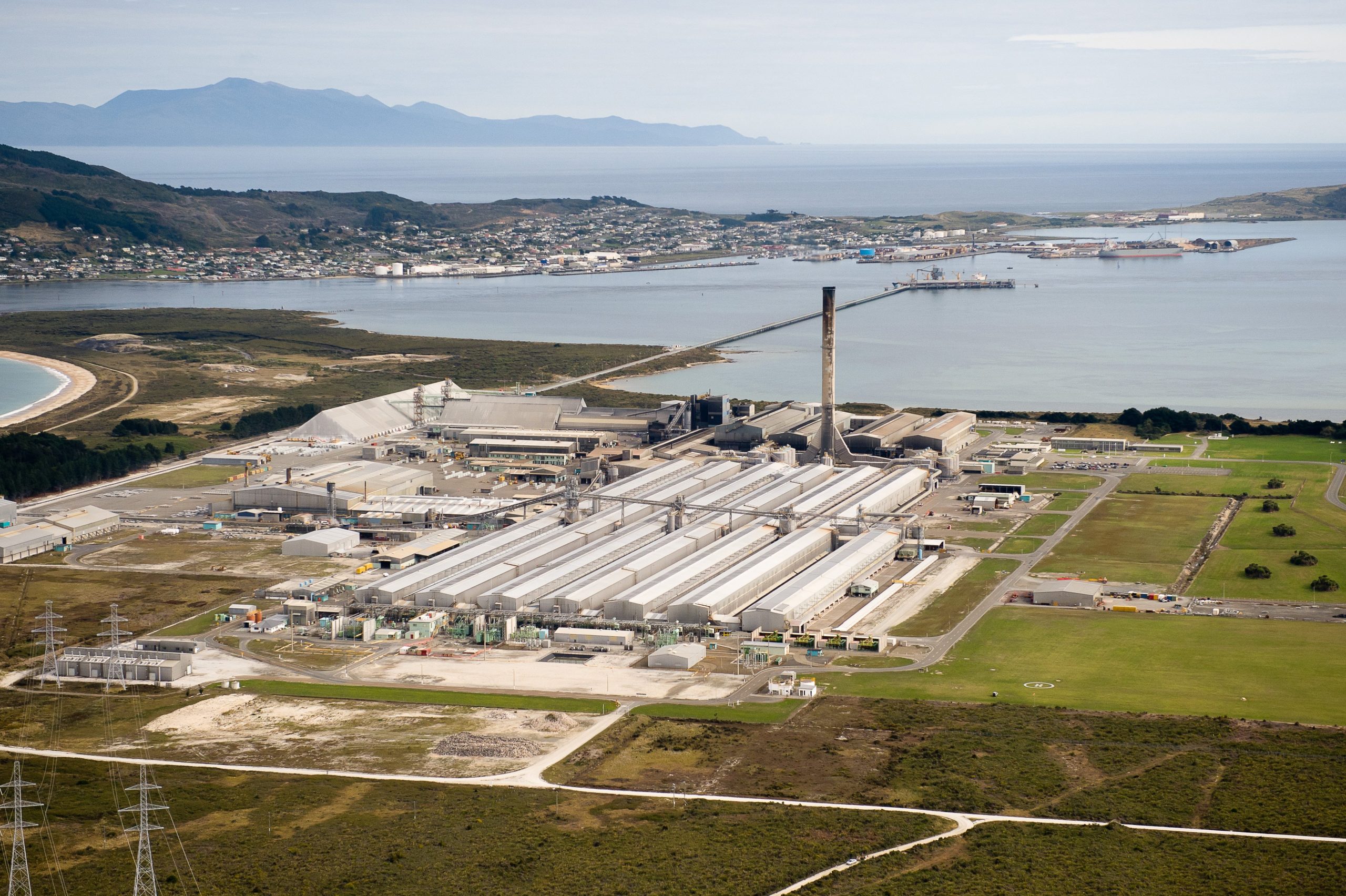As I so often tell BFD readers, Australian politics often seem to serve as a warning to New Zealand. We had Kevin Rudd and Julia Gillard; ten years down the track, you get Jacinda Ardern. Our “conservative” Coalition turns teal-blue and tears itself apart with infighting, you lot get National. (Here’s hoping, with the demise of Todd Muller, National finds its Tony Abbott.)
But it’s not all one-way Cassandra warnings across the Tasman. Occasionally, New Zealand gives us Aussies a glimpse of Christmas to come. Especially when it comes to red-green lunacy and its attendant economic wreckage.
Rio Tinto’s announced closure of its aluminium smelter in New Zealand due to uncompetitive power prices this week is a reminder of the vulnerability of Australia’s four remaining smelters, all of which face sharply higher prices courtesy of government energy policies. With energy costs comprising about a third of their total costs, smelters are industry’s bellwethers of future energy competitiveness and all four of Australia’s are on national suicide watch.
New Zealand is most like Tasmania in being blessed with abundant capacity for hydro-electric generation. But, also like Tasmania, hydro has fallen behind as demand increased and new dams were blocked by the nascent green movement. New fossil fuel generation is even more verboten.
Instead, billions are plunged into the far green never-never.
As a result of subsidies to wind and solar, these expensive and unreliable energy sources have caused high customer costs, both directly and indirectly, while also diverting the nation’s investment resources into avenues that actually damage the economy.
Commonwealth and state subsidies to wind and solar energy are running at just under $7 billion a year[…]The effect of these subsidies is compounded by their forcing out of production lower-cost coal generators. As a result, prices are now double what they were three years ago, bringing the national damage to over $15 billion per year. The outcome is that from having the world’s lowest-cost electricity to we now suffer from being among the highest and our reliance on intermittent renewables has left supply increasingly precarious.
But it does not stop there. In order to accommodate the subsidised renewables, consumers are being required to spend vast sums to augment transmission links.
Like Australia, New Zealand’s electricity costs have surged ahead of inflation, although the depth of the Australian political idiocy has seen our prices ramp up higher and faster.
At some future date, we will ask how this was allowed to happen. How did we as a nation not only acquiesce in but actually finance the demise of our energy industry?
Obviously, the great sales pitch from the wind/solar subsidy seekers is part of the answer[…]So also is the hysteria, on which the subsidy-seekers’ pitch partly rested, about global warming and the misinformation that this can be remedied by Australia abandoning the fossil fuels that still supply three-quarters of our electricity.
But a great deal of the blame must be sheeted home to the bureaucracy, especially Treasury[…]Gradually Treasury has metamorphosed. Treasurers themselves, with the notable exception of Peter Costello, have been incapable of resisting the green interventionist advice that they have been offered.
The green ants have steadily eaten their way through the public service.
Today the Treasury is headed by people who are wedded to accelerating an “inevitable” replacement of fossil-fuelled electricity generation to one dominated by wind, solar or some yet to be discovered alternative. Secretary Steven Kennedy was the author of the notorious 2008 Garnaut report with its panoply of taxes and new spending levers designed to transform the economy. The two senior Deputy Secretaries, Jenny Wilkinson and Meghan Quinn have also spent over a decade pressing for carbon taxes and other interventions designed to push the economy in the directions they favour.
The coronavirus crisis offers an opportunity to turn back the tide before it engulfs the entire economy.
The government is going to have to make some serious savings as the bloated, overfed chickens of the Wuhan virus panic come home to roost. The government has spent close on $100bn in its response so far – not counting the cost of the economic downturn. Slashing kickbacks to useless, costly renewables would be the ideal place to start – followed by a flush of chlorine to clear the public service of its choking green slime.
Otherwise, Australia will follow New Zealand in obliterating its heavy industry – right at the time it should be reclaiming it from the rogue Chinese communist state.
If you enjoyed this BFD article please consider sharing it with your friends.

